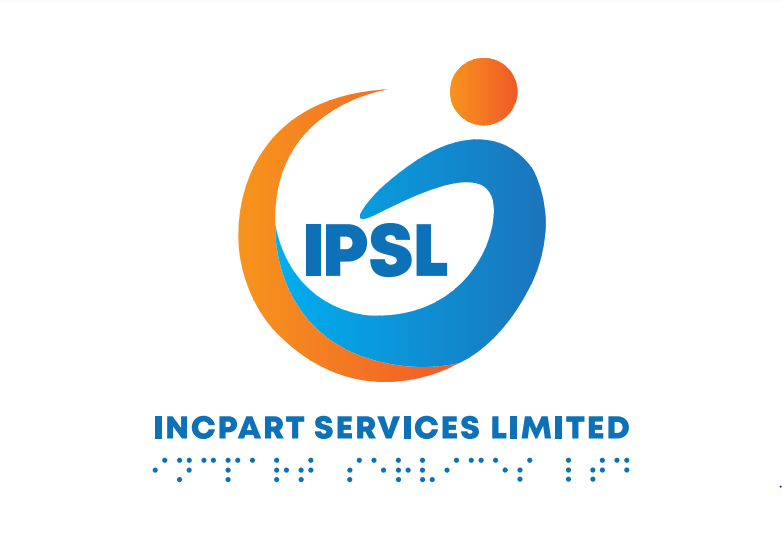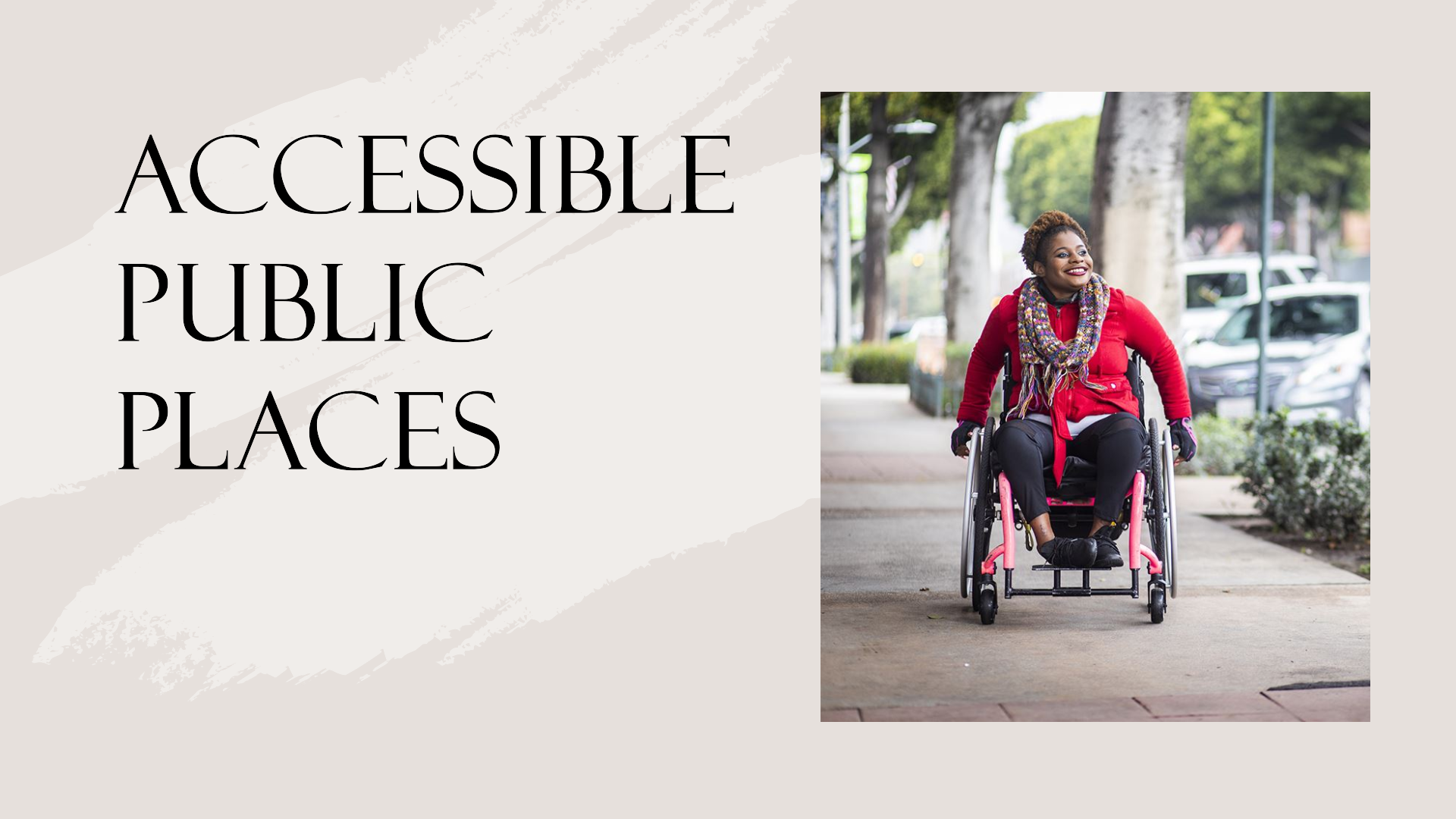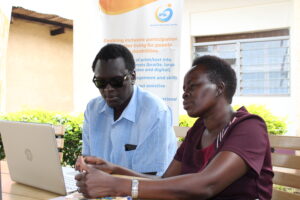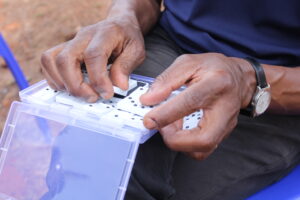Many public places are not yet fully accessible for people with visual impairments. However, some accommodations for persons with visual impairment can be made to make the space more navigable and comfortable.
Here are a few ideas to make public places more accessible for people with visual impairments:
- Install tactile paving tiles in sidewalks and pathways to warn those with impairments of upcoming obstacles such as curbs, stairs, or changes in the road surface
- Properly label elevators, doors, and other locations with Braille signage
- Ensure that elevators and stairs include Braille numbers on buttons and handrails with tactile guidance
- Install audio announcement systems at entrances, ticket stations, and transit platforms
- Provide audio descriptions of exhibits in museums or galleries
- Supply audio cues in elevators and other public areas to indicate which floor the user is on
- Install talking signs to help people find their way
- Keep paths free from obstacles and marked with contrasting colors
- Provide large print materials and Braille documents in public libraries
- Install additional directional lights or tactile signs at busy intersections, such as arrows or bumps
You can significantly improve blind accessibility and visual impairment accessibility by making these small changes in public places. This will help ensure everyone with the condition has equal rights and access to the same opportunities as their sighted peers.




